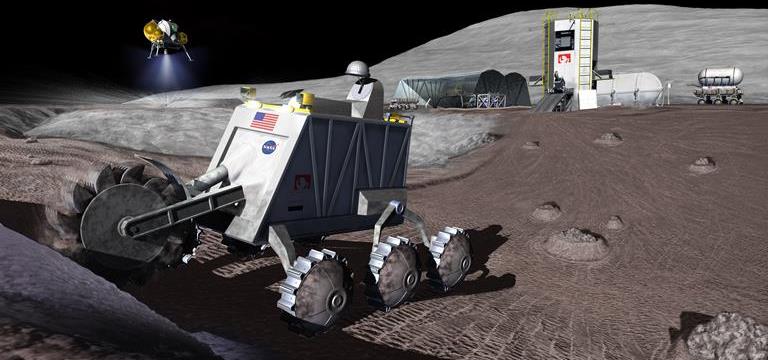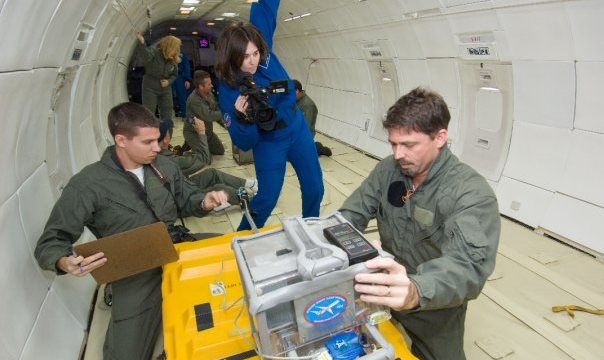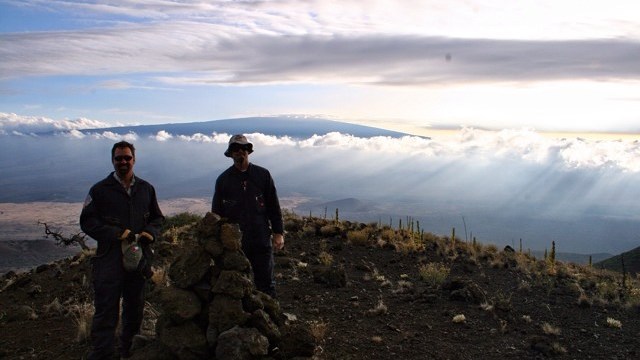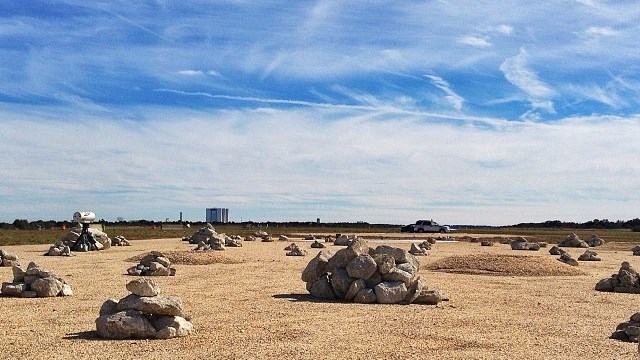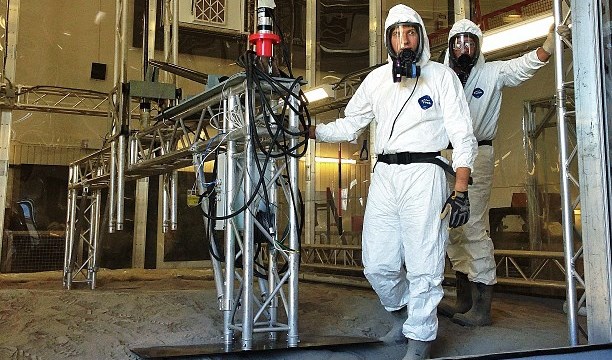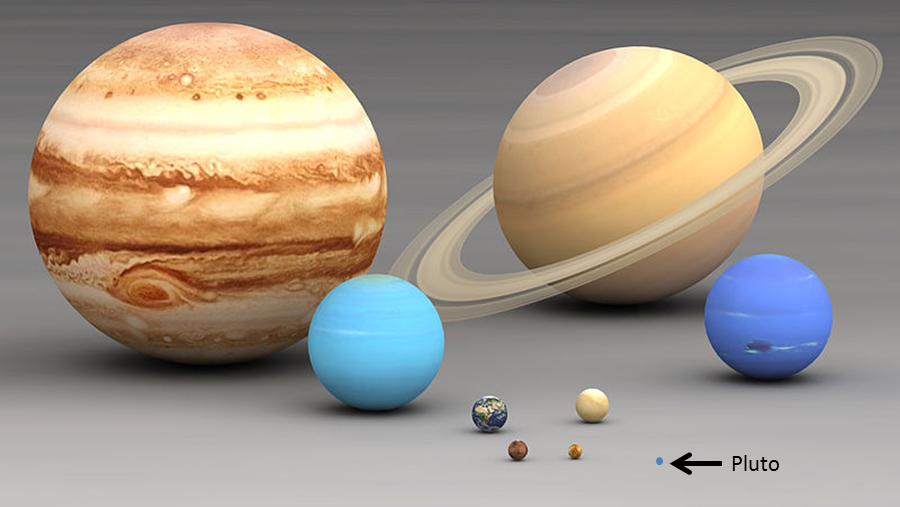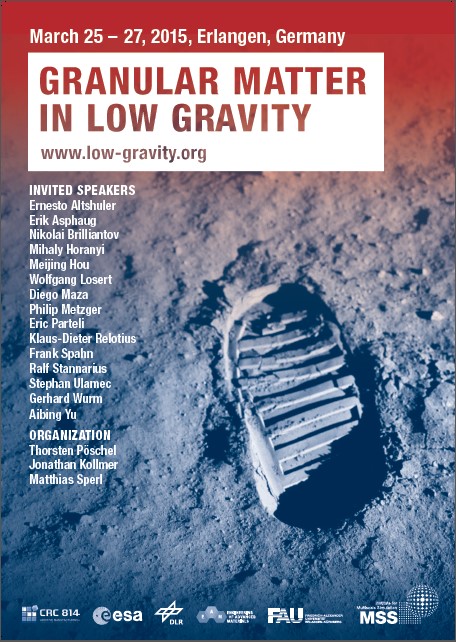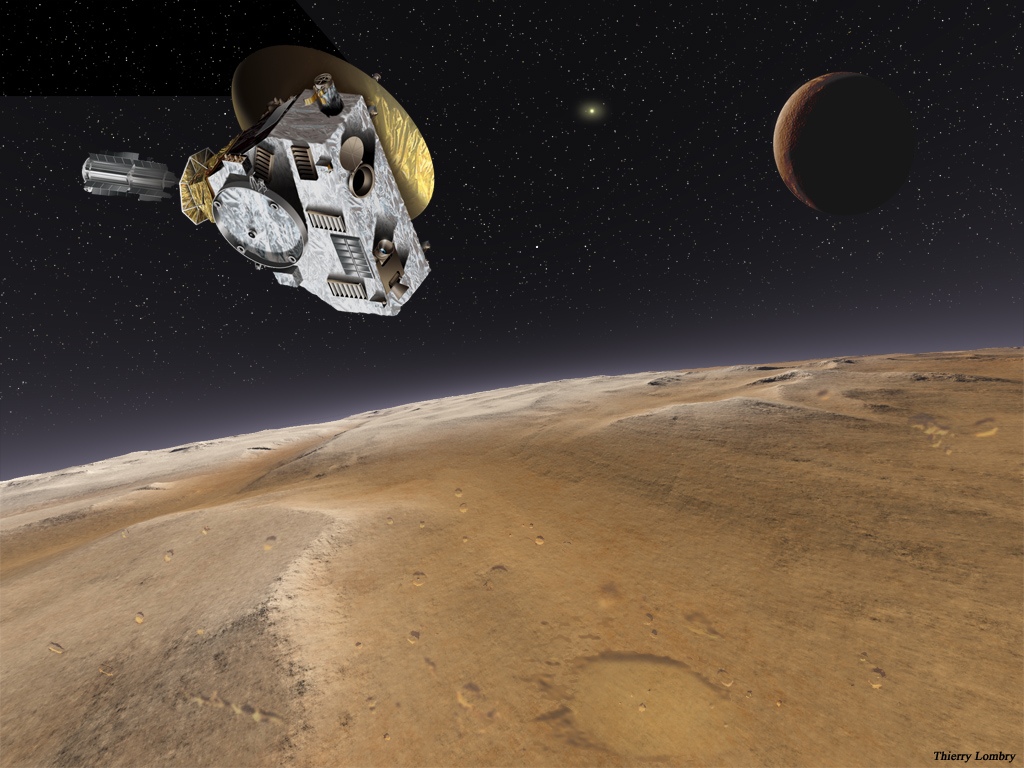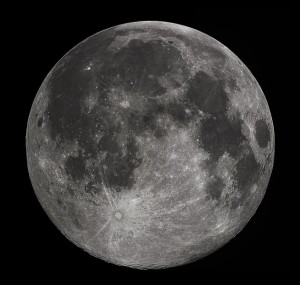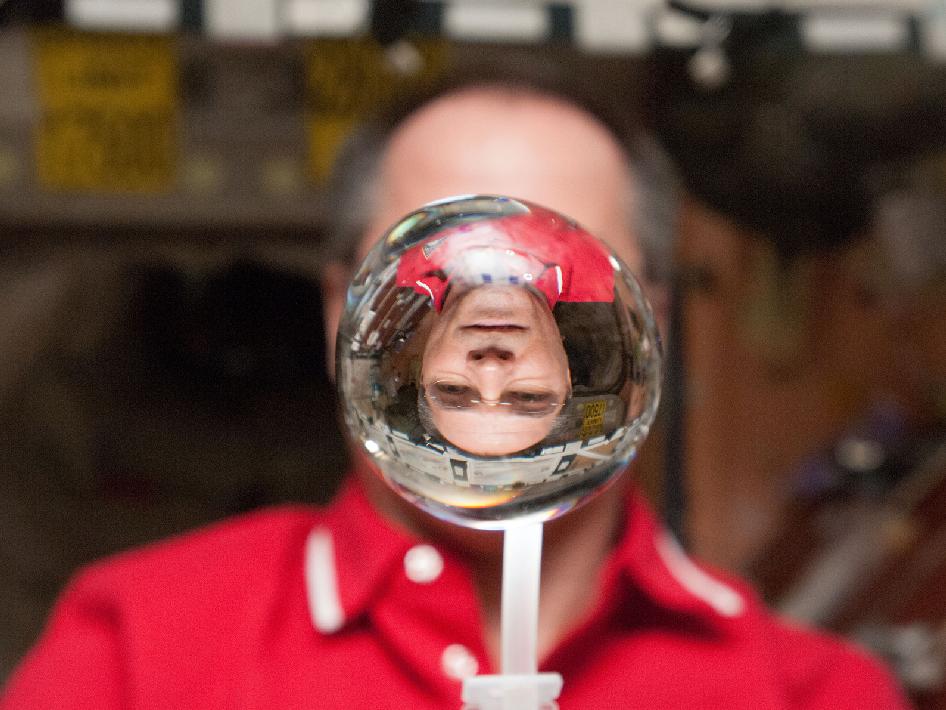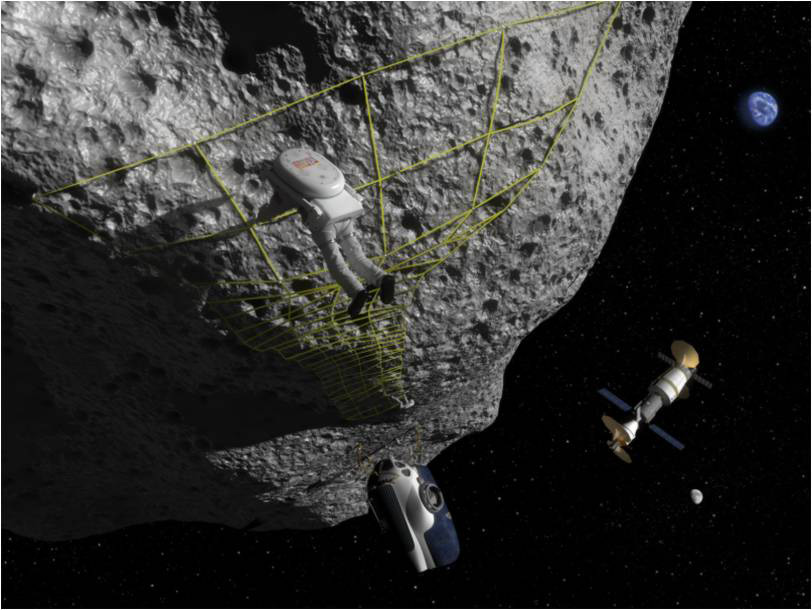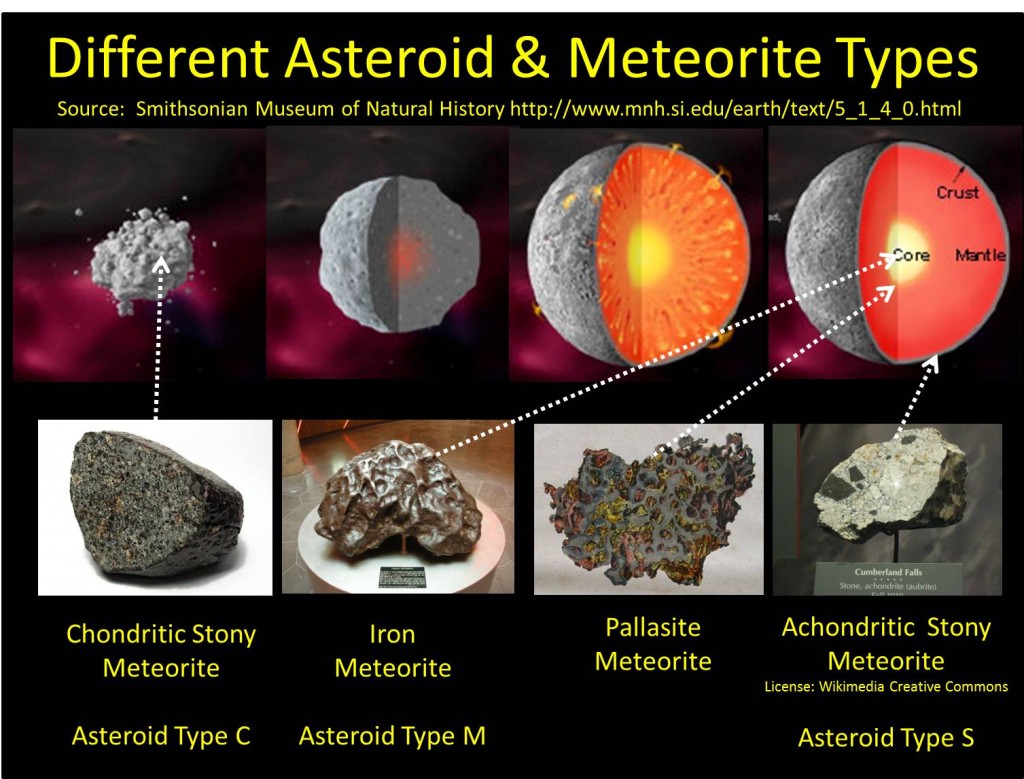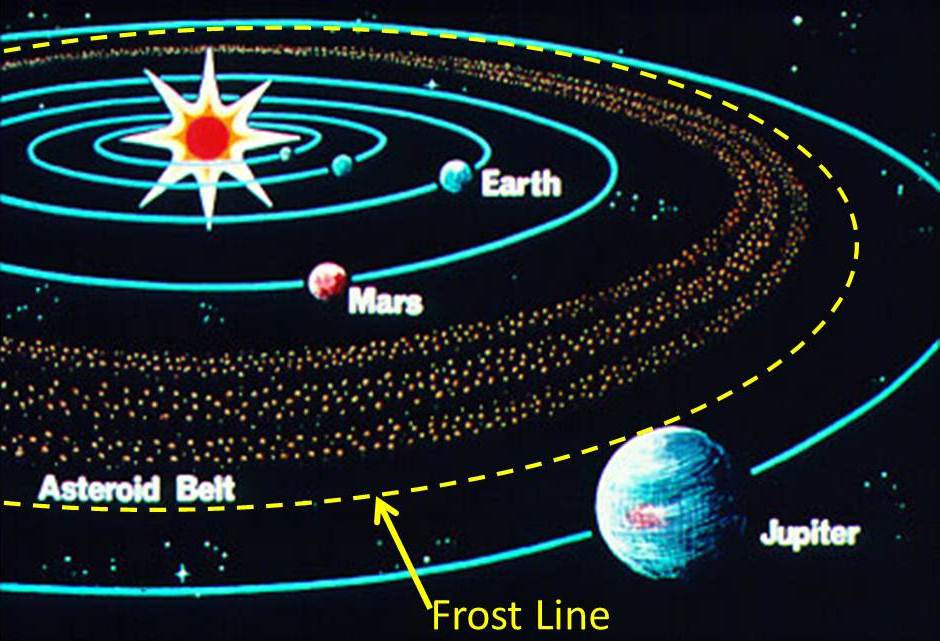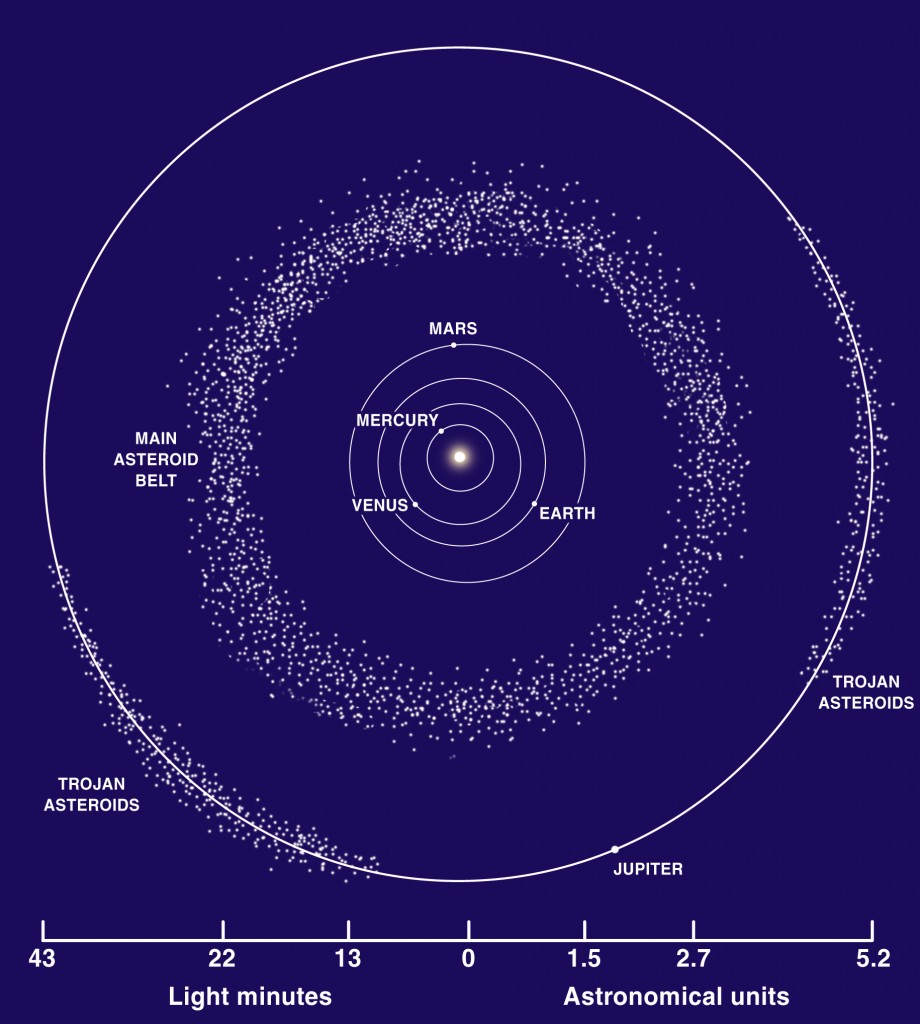In July, New Horizons will become the first spacecraft to explore the third zone of the solar system. It’s time we familiarize ourselves with this region of our home star! We know the classical planets’ names and their meanings, but what about the hundreds of newly discovered dwarf planets and thousands of smaller bodies out […]
...
As the New Horizons spacecraft approaches the amazing Pluto system for an historic flyby in July, 2015, it’s inevitable we should discuss whether Pluto is a proper planet or only a “dwarf planet” as the International Astronomical Union (IAU) voted in 2006. The IAU’s definition of a planet says that it must (1) orbit the […]
...
I just got back from the Granular Matter in Low Gravity conference in Erlangen, Germany hosted by the Friedrich-Alexander Universität. It was a fun week and it reminded me why I love working with granular materials in space. Why Granular Matter is Important in Space Granular matter is simply any material that is a collection […]
...
What We’re Missing in an Eight Planet Solar System I agree with those who say Pluto should be classified as a planet. Please let me explain why. The Purpose of Scientific Definitions Why do scientists classify things and define terminology? To promote science. We think more clearly when we sort things into organized classes. We […]
...
In near-Earth space there are three places to mine. The first is the Earth itself. Some of the challenges to mining only on the Earth are (1) too much mining on Earth messes up habitats for life, (2) some of the best resources on Earth are already becoming scarce so their costs are rising, and […]
...
Mining Space Water There are several companies that plan to mine asteroids and several more that plan to mine the Moon. In addition, Elon Musk wants to start a colony on Mars, and that will necessitate the mining of Mars. Furthermore, government space agencies plan to do missions to Mars and those missions will be […]
...
For near-term mining in space, we can mine the Moon or we can mine Near Earth Asteroids (NEAs). This series of posts discusses asteroids. What type of asteroid is best for space mining? As we saw previously, asteroids can be completely different from one another in their composition because of the different ways they formed. […]
...
Space mining is critically important to the future of human civilization. This series of posts discusses the best type of asteroid to bring back to Earth to mine. The previous post (Part 1) discussed why the asteroids formed near Jupiter and why their chemistry is different than the chemistry of Earth. This post (part 2) […]
...
Several space mining companies plan to mine asteroids, and they want to bring back to Earth either the entire asteroid or just the part that they mined from it. Either way, obtaining resources in space will be revolutionary for exploration and for the advancement of human civilization into space, so bringing back an asteroid for […]
...
The previous post discussed retrieving asteroids and what size we want to bring back to Earth. This post discusses the location and trajectory of an asteroid we could retrieve. Families of Asteroids The vast majority of the asteroids are in the Main Asteroid Belt between Mars and Jupiter. Why? Because (we surmise) the gravitational “stirring” […]
